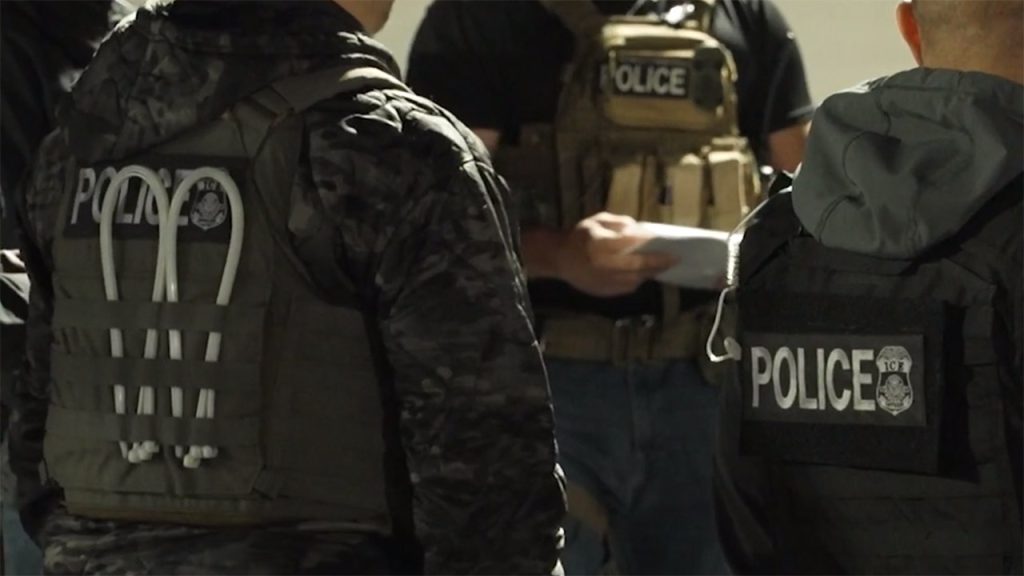The case of Agnaldo Moreira da Cruz, a Brazilian immigrant charged with rape and extortion in Massachusetts, highlights the ongoing tension between federal immigration enforcement and state sanctuary policies. Da Cruz was arrested twice by Immigration and Customs Enforcement (ICE) agents in late 2024, only to be released both times by Barnstable County authorities due to their adherence to state policies limiting cooperation with ICE. These policies, stemming from the 2017 Massachusetts Supreme Judicial Court ruling in Lunn v. Commonwealth, restrict the ability of state and local law enforcement to detain individuals solely on the basis of ICE detainers. This case underscores the challenges faced by ICE in enforcing federal immigration law in jurisdictions with such policies.
The repeated release of da Cruz, despite facing serious felony charges, sparked outrage and concern from ICE officials. They argued that the Barnstable County authorities’ actions jeopardized public safety by allowing a potentially dangerous individual back into the community. ICE emphasized that their detainer requests were ignored, despite the severity of the charges against da Cruz. This case exemplifies the difficulties faced by ICE when attempting to detain individuals with criminal records in sanctuary jurisdictions, where local authorities prioritize limiting cooperation with federal immigration enforcement. The clash between federal immigration priorities and state sanctuary policies creates a complex legal landscape that often hinders the efficient removal of individuals deemed threats to public safety.
The legal basis for Barnstable County’s actions rests on the Lunn v. Commonwealth ruling, which effectively prohibits state and local law enforcement from holding individuals solely based on ICE detainers. Barnstable County Sheriff Donna Buckley explained that their hands were tied by this ruling, emphasizing that they are obligated to uphold state law. The policy stemming from this ruling dictates that individuals subject to ICE detainers must be treated the same as any other individual appearing before the court, and prohibits court personnel from initiating contact with ICE. This policy, while intended to protect the rights of immigrants, creates a conflict with federal immigration enforcement efforts, as illustrated by the da Cruz case. This legal framework hinders ICE’s ability to detain individuals with criminal charges, forcing them to expend more resources tracking down these individuals after their release.
This case is not an isolated incident. It reflects a broader national debate surrounding sanctuary policies and their impact on public safety. Critics of these policies argue that they create loopholes that allow dangerous criminals to evade deportation, putting communities at risk. Proponents, on the other hand, maintain that these policies are necessary to protect the rights of immigrants and maintain trust between law enforcement and immigrant communities. The da Cruz case became a focal point in this ongoing debate, further highlighting the complexities and tensions inherent in the interplay between federal immigration law and state sanctuary policies.
Andrew Arthur, a former immigration judge, offered a different perspective, highlighting the potential consequences of states interfering with federal immigration enforcement. He argued that immigration is fundamentally a federal issue, and states lack the expertise to effectively manage this complex area. Moreover, he pointed out the irony of states accepting substantial federal funding while simultaneously obstructing federal immigration efforts. He suggested that Congress could leverage its power over federal funding to compel states to cooperate with ICE, by attaching conditions to the allocation of funds. This proposal raises questions about the balance of power between federal and state governments, particularly in the realm of immigration enforcement.
Arthur also expressed concerns about the safety risks posed to ICE officers by sanctuary policies. He explained that when officers are prevented from taking custody of criminals in secure environments like jails, they are forced to track them down in the community, potentially putting their lives in danger. He stressed the importance of removing criminals from the streets to ensure public safety and predicted that the Trump administration would prioritize addressing this issue. This highlights the practical challenges and dangers faced by ICE officers when forced to apprehend individuals in less controlled settings, as a consequence of sanctuary policies. The da Cruz case epitomizes these challenges, demonstrating the intricate and often conflicting relationship between federal immigration enforcement and state sanctuary policies, with significant implications for public safety and the effective implementation of immigration law.

